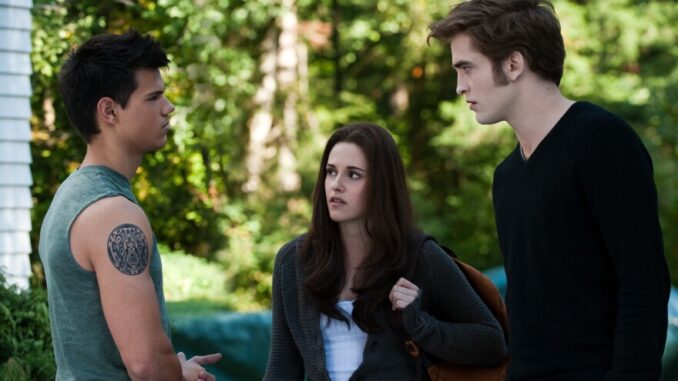
Sparkle No More: The Five Problematic Things Twilight Fans Are Finally Talking About
For a generation of teenagers, the world of Forks, Washington was a haven. The “Twilight” saga, with its star-crossed romance between a human girl and a vampire, offered an escape filled with longing, angst, and supernatural thrills. But as the years have passed, and those once captivated teenagers have grown, a critical re-evaluation of the series has emerged. The shimmering sheen of romance has begun to fade, revealing some deeply problematic themes that fans are finally acknowledging and discussing.
One of the most glaring issues that resonates with a modern audience is the inherently unhealthy and even abusive nature of Bella and Edward’s relationship. Initially, the age gap (although Edward perpetually looks 17, he’s over a century old) was often overlooked or romanticized as a testament to his enduring love. Now, it's recognized as a significant power imbalance. Edward's controlling behavior, from monitoring Bella's every move to unilaterally deciding aspects of her life, paints a picture of obsession rather than genuine affection. His possessiveness, his willingness to isolate Bella from her friends and family, and even his threats to harm himself if she leaves him, are textbook examples of unhealthy and potentially abusive relationship dynamics. The romanticization of this controlling behavior is a dangerous message, particularly for young readers who may be impressionable and susceptible to accepting such behavior in their own relationships.
Beyond the central romance, the trivialization and romanticization of violence and trauma are increasingly scrutinized. Bella's constant endangerment, her attraction to the "danger" that Edward represents, becomes a plot device and a defining characteristic. While damsel-in-distress narratives have a long history, "Twilight" takes it to an extreme. Bella is repeatedly put in peril, rescued by Edward, and rewarded for her vulnerability. This constant exposure to near-death experiences, presented as part of the exhilarating allure of the vampire world, normalizes and even glamorizes trauma. It sends the message that vulnerability is a virtue, and that love equates to putting yourself in harm's way.
Furthermore, the stereotypical and arguably racist portrayal of the Quileute tribe is a major point of contention. The series draws heavily on Quileute mythology and culture, but often does so in a superficial and appropriative manner. The tribe is largely defined by their ability to shapeshift into werewolves, reducing them to a single, somewhat fantastical characteristic. The romantic connection between Bella and Jacob Black, who is often portrayed as a "savage" alternative to the sophisticated Edward, reinforces outdated and problematic stereotypes. The Quileute's cultural heritage and unique identity are often sidelined in favor of the vampire-werewolf conflict, reducing them to mere plot devices in Bella's romantic drama.
Another troubling aspect is the anti-feminist message that Bella's self-worth hinges on her relationship with Edward. Throughout the series, Bella's greatest ambition is to become a vampire and be with Edward forever. Her individual goals, aspirations, and personal development are largely sacrificed at the altar of romance. She prioritizes Edward's happiness and desires above her own, even to the point of disregarding the well-being of her own child. This reinforces the outdated and damaging idea that a woman's worth is determined by her relationship with a man, and that sacrificing her own ambitions for love is a noble and desirable pursuit.
Finally, the series' ambiguous and arguably problematic depiction of choice and consent deserves closer examination. Bella's relentless pursuit of becoming a vampire, despite the potential consequences and the inherent loss of her humanity, raises questions about her informed consent. She is constantly pressured by Edward, who initially resists turning her but ultimately relents. Her desire to change herself for him, to mold herself into his ideal partner, undermines the idea of genuine agency and self-determination. This ambiguity surrounding choice, particularly within the context of a deeply unequal power dynamic, leaves a lingering unease and raises important questions about the nature of consent within relationships.
In conclusion, while “Twilight” may hold a nostalgic place in the hearts of many, its problematic themes are undeniable. By acknowledging and discussing these issues – the unhealthy relationship dynamics, the trivialization of violence, the stereotypical portrayal of the Quileute tribe, the anti-feminist messages, and the ambiguous depiction of consent – fans can engage in a more critical and nuanced understanding of the series. Recognizing these flaws doesn’t necessarily diminish the enjoyment some may derive from the books, but it encourages a more responsible and informed consumption of popular culture, particularly for young audiences who are still developing their understanding of healthy relationships, cultural sensitivity, and individual empowerment. The sparkling veneer may have faded, but the conversation has only just begun.
